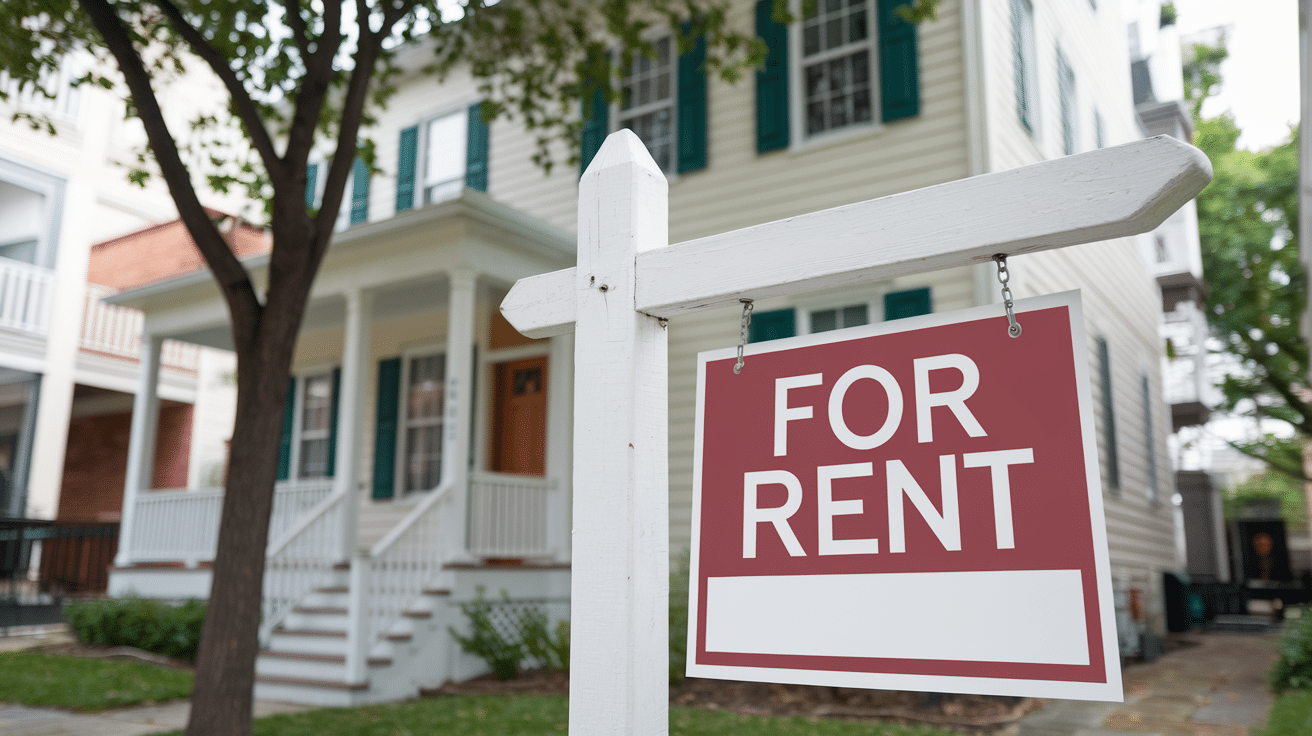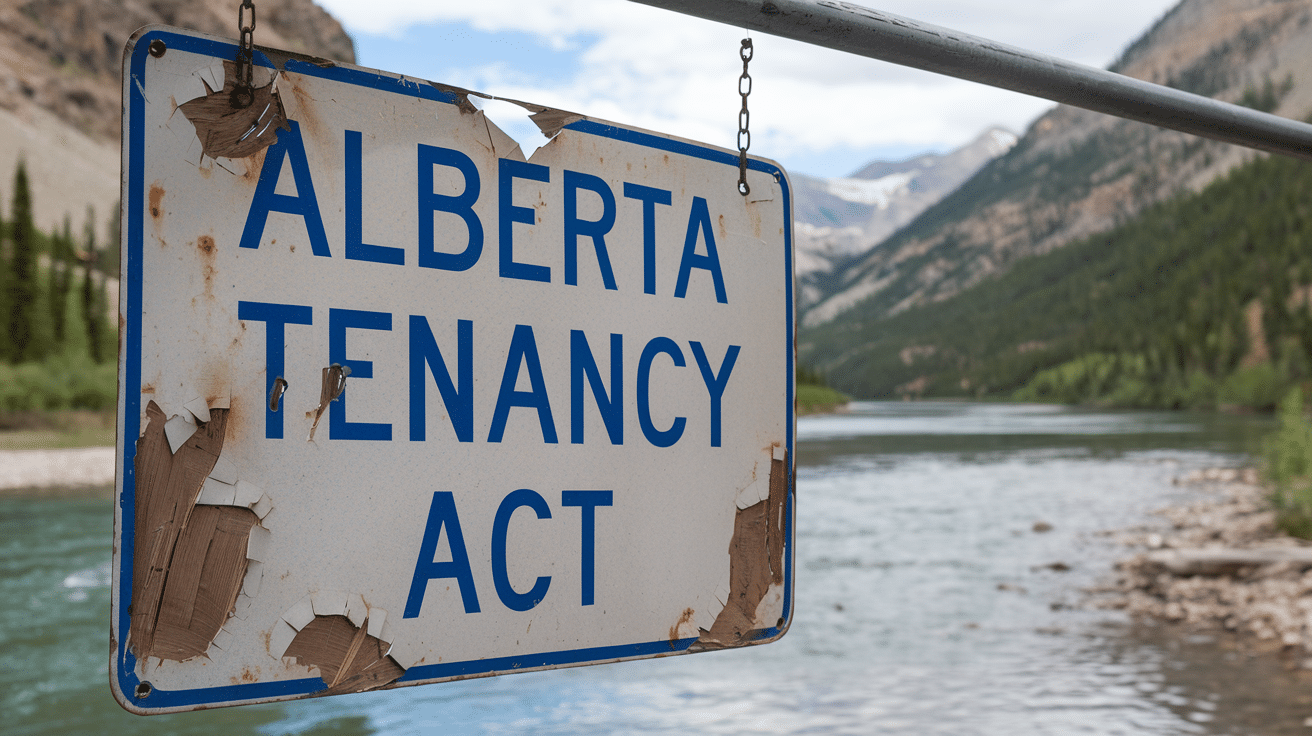When a tenant moves out, normal inspections to inspect for general wear and tear take place for the question of whether landlords must repaint the property often arises. This seemingly straightforward issue can become a point of contention, affecting both landlords aiming to maintain their property’s appeal, keeping rent prices low and tenants seeking a fresh start in their new home. At Property Managers Edmonton we know that understanding the legal obligations and best practices surrounding this topic is crucial for both parties.
Laws and guidelines on painting between tenants vary significantly depending on location and lease agreements. While some regions mandate landlords to repaint regularly, others leave it to their discretion. Knowing what’s required can help landlords manage costs effectively while ensuring tenant satisfaction.
Beyond legalities, painting between tenants can significantly enhance a property’s marketability. A fresh coat of paint not only revitalizes the space but also sets a welcoming tone for prospective tenants. As such, landlords often weigh the benefits of repainting against their responsibilities and the potential return on investment.
Key Takeaways
- Understanding landlord obligations to repaint between tenants is crucial, as these responsibilities can vary significantly based on local laws and lease agreements.
- Local regulations, such as those in New York City, might mandate regular repainting to maintain property standards, impacting landlords’ decisions and costs.
- Repainting is often used as a strategy to enhance property marketability, improve tenant satisfaction, and promote quicker rentals by refreshing the living environment.
- Lease agreements typically outline specific painting responsibilities, which may include clauses detailing repainting frequency and conditions, helping avoid disputes.
- The choice between DIY and professional painting depends on skill level, budget, and time constraints, with professional painters generally offering higher quality finishes.
- Strategic repainting, including color selection and timing, plays a significant role in attracting new tenants and encouraging existing tenants to renew leases.
Understanding Landlord Painting Responsibilities
Landlords face various painting responsibilities when managing rental properties. The lease agreement acts as the primary guide, often detailing specific requirements like repainting frequency or procedures. Regional laws also play a crucial role. Areas like New York City enforce specific guidelines for ensuring rental properties retain standards, which landlords must adhere to avoid penalties.
Landlord discretion sometimes influences repainting decisions if laws or lease agreements don’t provide clear instructions. Weighing the benefits like increased property appeal against costs aids in making these decisions. For example, enhancing aesthetic appeal through fresh paint can lead to higher tenant interest and reduced vacancy periods.
Understanding tenant rights is another component landlords must consider. Tenants expect a livable environment, and fresh paint contributes to this by maintaining cleanliness and brightness. Balancing these expectations with legal and financial factors ensures successful management of repainting responsibilities in rental properties.
Legal Requirements for Painting Between Tenants

Local laws often dictate whether landlords must paint rental properties between tenants. In cities like New York City, specific regulations require landlords to repaint apartments every three years to maintain habitability. Other jurisdictions might not have explicit mandates but still expect properties to meet basic health and safety standards.
Lease agreements typically define painting obligations. Some contracts stipulate specific painting intervals or conditions under which painting is necessary, such as excessive wear or damage. Landlords must review these terms to ensure compliance with legal and contractual responsibilities.
Federal laws, including the Lead-Based Paint Hazard Reduction Act, apply to properties built before 1978. This legislation requires landlords to disclose known lead paint hazards and provide tenants with related information. While not a direct painting requirement, compliance with this law often involves addressing deteriorated paint surfaces.
Tenant rights also influence painting responsibilities. Tenants can expect a habitable living environment, and jurisdictions may interpret fresh paint as a component of this expectation. Landlords should balance these rights with local laws and lease provisions to determine their repainting obligations effectively.
Lease Agreement and Painting Provisions

Lease agreements often outline specific terms about property maintenance, including painting. These provisions help clarify the obligations of both landlords and tenants concerning repainting between tenancies.
Including a Painting Clause
Landlords frequently include painting clauses in lease agreements to specify repainting responsibilities. These clauses may outline conditions under which painting is permissible and whether tenants can paint walls themselves. Such clauses ensure clarity and prevent disputes by detailing repainting frequency, color choices, and the party responsible for costs.
Tenant and Landlord Painting Responsibilities
Painting responsibilities often vary based on lease agreements and jurisdiction. Typically, landlords handle painting between tenants to ensure the unit remains attractive and habitable. Meanwhile, tenants might be responsible for obtaining approval before making any changes to existing paint. This division of responsibility helps avoid conflicts and maintains property standards.
When to Consider Repainting

Landlords often face the decision of whether to repaint between tenants. Several factors guide this decision.
Assessing the Condition of the Property
Checking the property’s paint quality helps determine the need for repainting. Notable aspects include visible wear and tear like peeling or faded paint, stains, and scuff marks. Properties with high traffic areas or those rented by families with children may show more signs of wear. Paint’s condition directly impacts tenant perceptions, which can affect the property’s appeal.
Timing Paint Jobs with Tenant Turnover
Aligning repainting with tenant turnover maximizes efficiency. This approach ensures minimal disruptions as painting can proceed during vacancy periods, readying the unit for new occupants. Effective timing also provides a fresh look, enhancing the property’s marketability. For landlords, this strategy can optimize maintenance schedules, contributing to smoother operations.
Choosing the Right Painting Approach

Selecting the right painting strategy is essential for landlords aiming to balance cost, quality, and tenant satisfaction. Various factors, such as budget, time, and desired results, influence the choice between DIY and professional painters, as well as the selection of paint colors and quality.
DIY vs. Professional Painters
Landlords often debate whether to handle painting themselves or hire professionals. A DIY approach might appeal due to lower expenses and flexibility in scheduling. However, it’s vital only for those with the necessary skills and time availability; otherwise, it can lead to subpar results and additional costs. Professional painters offer expertise that ensures a higher quality finish, which can enhance the property’s appeal and durability. They might also complete the job faster and more efficiently, minimizing potential vacancy periods. Therefore, landlords should consider skill level, budget constraints, and time requirements when choosing the painting method.
Selecting Paint Colors and Quality
Choosing the right paint color and quality significantly impacts the property’s attractiveness and maintenance. Neutral colors, like whites, grays, and beiges, are generally preferred because they appeal to a broader range of tenants and provide a clean base for various decor styles. High-quality paint, despite its higher cost, offers better durability and resistance to wear, reducing the need for frequent repainting. This, in turn, can lead to long-term savings and increased tenant satisfaction. Landlords should evaluate tenant demographics, property style, and cost-effectiveness when selecting paint options to ensure their investments align with tenant preferences and property management goals.
Impact of Painting Decisions on Tenancy

Landlords’ painting choices significantly affect prospective and current tenants. A strategic approach to repainting influences marketability and tenant satisfaction.
Attracting New Tenants
Fresh, well-applied paint enhances a property’s visual appeal, making it more attractive to potential tenants. Neutral colors foster a welcoming atmosphere and suit diverse tastes, broadening the property’s appeal. High-quality paint can project a sense of care and maintenance, implying that the landlord prioritizes property upkeep. This attention to detail can result in shorter vacancy periods as a well-maintained appearance might lead to quicker tenant turnover.
Encouraging Tenant Retention
Regular repainting can boost tenant retention by improving living conditions. A fresh coat of paint is often associated with a cleaner, healthier environment, which satisfies current tenants. This satisfaction can increase the likelihood of lease renewals and reduce turnover. Additionally, tenants may feel valued by landlords who address aesthetic concerns, fostering a positive landlord-tenant relationship. Offering periodic repainting as part of lease agreements can serve as a tenant retention strategy, demonstrating commitment to maintaining a pleasant living space.
Conclusion
Navigating the complexities of repainting obligations requires landlords to stay informed about local laws lease agreements and tenant expectations. While repainting between tenants isn’t universally mandated understanding regional guidelines and federal laws like the Lead-Based Paint Hazard Reduction Act is crucial. Strategic repainting enhances property appeal and tenant satisfaction while maintaining habitability standards. Landlords should weigh the benefits of professional painting against DIY efforts considering factors like cost quality and tenant demographics. By aligning repainting strategies with management goals landlords can optimize property marketability reduce vacancy periods and foster positive tenant relationships.
Frequently Asked Questions
Are landlords required to repaint after every tenant?
Landlords are not universally required to repaint a rental property after each tenant vacates. The obligation often depends on local laws, lease agreements, and the condition of the property. Some regions, like New York City, have specific mandates, while in other places, landlords have more discretion as long as they maintain habitable conditions.
How do lease agreements influence repainting responsibilities?
Lease agreements typically outline the requirements for property maintenance, including repainting. These agreements may specify who is responsible for repainting and under what conditions. Often, landlords are responsible for painting between tenancies to maintain the property’s appeal, while tenants may be restricted from painting without approval.
What are the benefits of landlords repainting rental properties?
Repainting can enhance a property’s marketability by providing a fresh, appealing look that attracts tenants. It also contributes to maintaining habitability standards and can prevent potential disputes regarding property conditions. Moreover, repainting regularly can shorten vacancy periods and foster better tenant-landlord relationships.
How often should landlords consider repainting rental properties?
The need for repainting largely depends on the property’s condition. Typically, landlords are recommended to repaint every 3 to 5 years, or when visible wear and tear, such as stains and scuff marks, occur. Timing repainting with tenant turnover can optimize maintenance schedules and enhance marketability.
Can tenants request a repaint during their tenancy?
Tenants can request repainting if the current paint impacts their living conditions. Landlords, however, are not necessarily obligated to fulfill these requests unless dictated by lease agreements or local laws. Approval processes may be required for tenant-initiated changes to ensure property standards are upheld.






